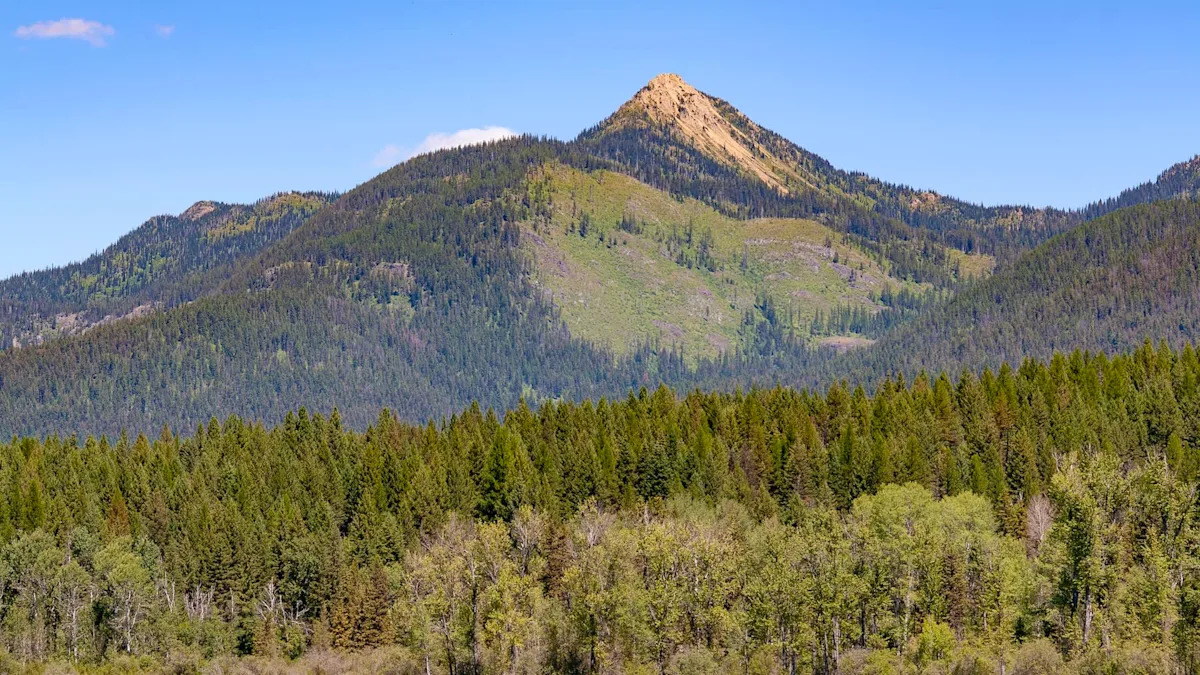Montana’s Rocky Mountain Front is home to some of the oldest trees in North America, but new research shows these ancient trees are now facing their greatest challenge yet.
What’s happening?
An invasive fungus called white pine blister rust is spreading rapidly through Montana’s limber pine forests. Brought to North America in the 1930s, the disease has since spread to 38 states, causing substantial damage and mortality, according to the U.S. Department of Agriculture.
According to Mountain Journal, findings from a long-term U.S. Forest Service study show 43% of limber pines in the survey area are already dead, while another 21% are in decline. Only 37% remain healthy.
Andrew Larson, professor of forest ecology at the University of Montana, warned that these iconic trees are “under extraordinary threat” because they never evolved natural defenses against the invasive fungus.
Why is this concerning?
Limber pines anchor soils, feed wildlife like grizzlies and Clark’s nutcrackers, and provide shade and shelter for elk and deer. Some are thought to be more than 500 years old, serving as living records of the landscape’s history.
But blister rust kills by cutting off water and nutrients inside the tree. Combined with stressors like mountain pine beetles and increasing drought, the die-off threatens to unravel entire ecosystems.
If these trees vanish, it’s important to note that it won’t just be the landscape that changes; it will have significant impacts on the animals and people who depend on them.
Invasive species outcompete native plants and animals for critical resources, often with devastating results. From lanternflies damaging fruit crops in the Northeast to lionfish disrupting coral reefs in Florida, invasions like these can ripple through local economies and community health.
What’s being done about the fungus?
Since 2017, the Forest Service, The Nature Conservancy, and Montana’s Department of Natural Resources have been collaborating under the Montana Forest Action Plan to monitor limber pine populations and track how blister rust interacts with other stressors. Their work is laying the groundwork for long-term restoration.
Meanwhile, innovative approaches are emerging elsewhere. One Michigan Tech student, for example, is experimenting with a lab-made fungal solution nicknamed “SuperPurp” to fight invasive buckthorn trees. His project highlights how creative science can help restore balance.
For everyday people, choosing native plants for backyards, supporting invasive-species removal projects, and advocating for ecosystem protection programs can all help make a difference in boosting biodiversity.
Join our free newsletter for good news and useful tips, and don’t miss this cool list of easy ways to help yourself while helping the planet.

